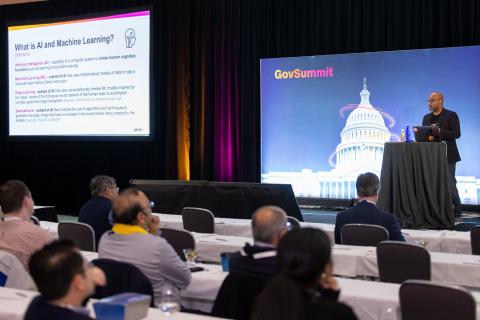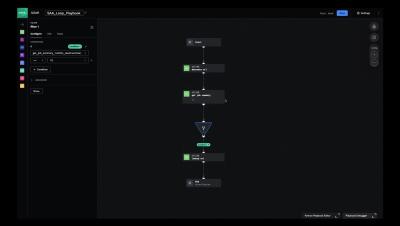Cybersecurity Skills for Pros To Have in 2024
So, you’re interested in cybersecurity! That’s great, because the whole world needs more skilled security professionals. Cybersecurity is the massive practice of “protecting computer and network systems against intrusion, theft or damage. It’s the main line of defense against a vast number of digital adversaries.” The consequences of bad cybersecurity is disastrous, potentially resulting in losses in the millions of dollars.

















